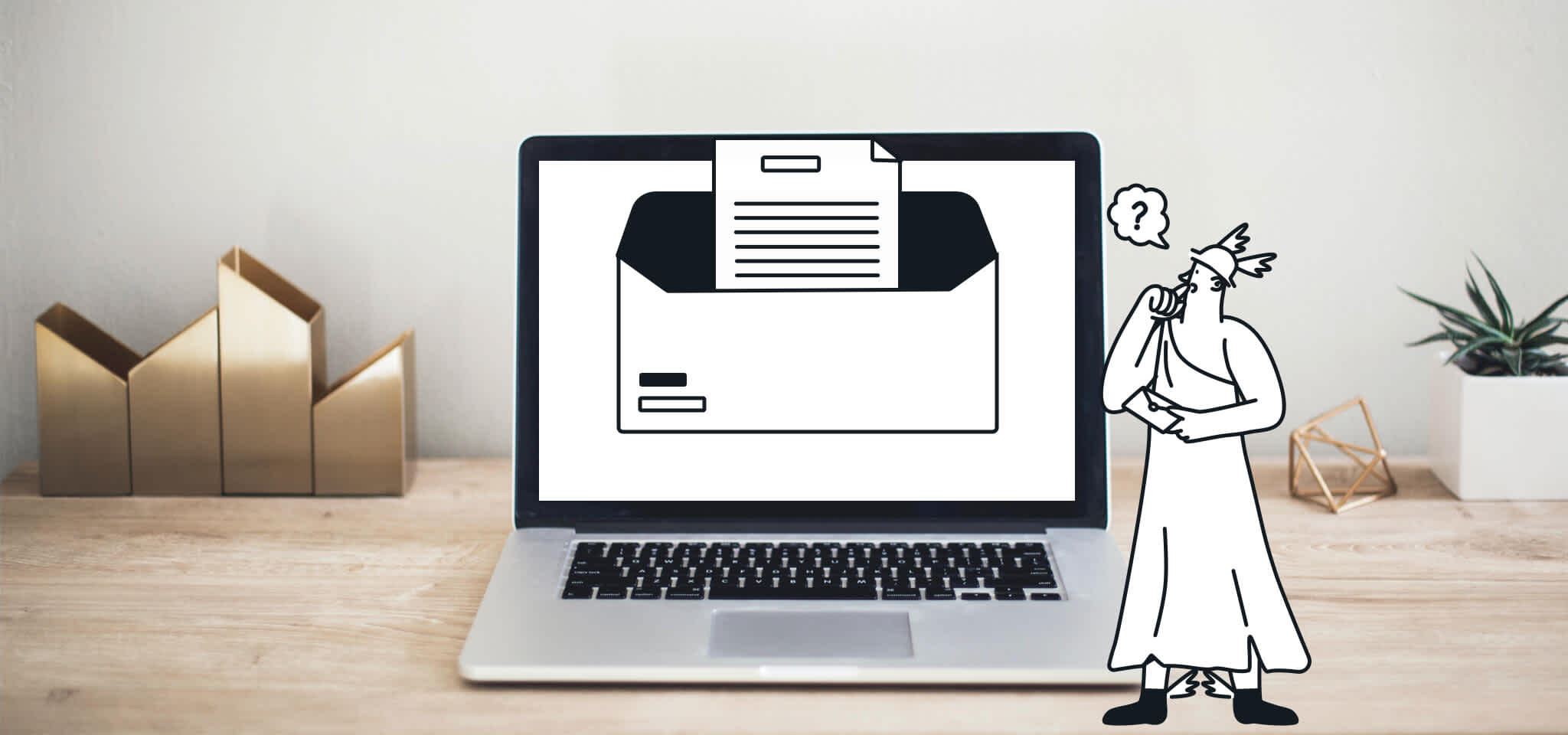Deliverability
Email file sizes: How big is too big?
How big is too big when it comes to images and HTML files in your emails? Here are some email design best practices for better deliverability.

PUBLISHED ON
Bigger isn’t always better for email marketers – especially when it comes to email file sizes. Trying to stuff large images or send big HTML files can hurt your email engagement and deliverability.
So, how big is too big for email file sizes? Is it time you put your email campaigns on a kilobyte-restricted diet? Here are some best practices to get the size images and HTML code just right.
Table of contents
Email clipping will cut your campaigns short
Gmail email clipping: How to prevent it
What do we mean by email file size?
You might be surprised to learn how low the tipping point is regarding file size and deliverability. Large email files can severely impact your opportunity to hit the inbox – not the best look for an email marketer hungry for success.
But what impacts the size of these emails? Well, when we talk about limiting file sizes in email, we are referring to one of two things:
Images: The photos, logos, images, and branding that make your email campaigns pop.
HTML code: The building blocks and live text contained in your email marketing campaigns.
So, what are some best practices email marketers and email designers can follow?
Image size best practices for email marketers
We recommend that you always aim for at least a 60/40 text-to-image ratio to maximize deliverability and keep your images under 200KB.
Research by Email on Acid also found that various image sizes, ranging from 16KB to 696KB, had no discernible impact on deliverability. But this doesn’t give you carte blanche to throw lots of big images into the mix.
Large images can impact email load time, resulting in your subscribers deleting your email before it has been downloaded. Remember, the average person receives 121 emails per day– we won’t want to waste time on emails that take more than a few seconds to render.
Large images can also eat valuable megabytes in limited mobile data plans. Suppose you are targeting subscribers in a demographic where pay-as-you-go mobile technology is the primary source of email access (think students, low-income families, older demographics, and subscribers in many emerging economies). In that case, they won’t thank you for those slow-loading, data-hungry campaigns.
It’s also important to remember that emails consisting of large images and little or no live text can raise a red flag with the spam filters. Unfortunately, many unscrupulous senders will try to circumnavigate spam filters by hiding dubious content using graphic representations of text that cannot be machine-read.
Large images take longer to load and eat valuable data. Emails consisting of large images and little or no live text can also raise a red flag with the spam filters. Aim for a 60/40 text-to-image ratio and keep your images under 200KB.
HTML file size best practices for email designers
Unlike image size, HTML file size really does seem to impact email deliverability. When conducting the test, our friends at Email on Acid created a series of HTML emails ranging in size from just 15KB to a massive 650KB.
Perhaps unsurprisingly, the files that were less than 100KB landed in the inbox with absolutely no problems. However, deliverability became an issue as the file size crept above 100KB. This is because the various spam filters employed across the inbox environment view any unnecessary code in an email as potentially dangerous, maybe acting as a conduit for viruses and malware.
At just 110KB, these emails started failing against multiple spam filters. These included spam filters employed by some big hitters in the email eco-system, including Apple Mail 5, 6, and 7, Google Apps, Outlook 2007 and 2010, and Yahoo. Make no mistake, if your emails aren’t reaching these inboxes, a considerable number of your subscribers will never see your campaigns.
If your HTML email files are more than 100KB in size, your design team can take the following steps to reduce HTML file size:
Less is definitely more: Look to remove any unnecessary spaces, carriage returns, or comments in your HTML.
Think substance over style: Remove any redundant or unnecessary styles from your code.
Get to the point with a killer CTA: Do you really need so much detail in your emails? Email marketing best practices have always highlighted the benefits of directing subscribers out of the inbox and onto a landing page as quickly as possible.
HTML file size has a direct impact on deliverability. Your HTML email files must be 100KB or less to maximize your ability to reach the inbox.
Email clipping will cut your campaigns short
Deliverability isn’t the only issue relating to file size. For example, sending extra-large emails may result in emails being truncated in specific email inboxes. This practice is known as “email clipping” and is commonly seen in the Gmail and iOS environments. A clipped email will display a preview of your campaign and prompt your subscriber to download the whole email.
While a clipped email isn’t a deliverability issue, it’s undoubtedly an engagement issue. This is especially true when your CTA is omitted from your edited campaign. Important content will be hidden from view and this will add an extra click to your subscriber journey.
Gmail email clipping: How to prevent it
Gmail has tight standards when it comes to email sizes: Any email larger than 102KB can and will be clipped. This means your subscribers will be left with only a partial rendering of your email and important information will be hidden at first. Unless your recipients click on the inconspicuous link that Gmail provides to see the whole email, all your hard work will be... well, cut short.
The bad news is there’s no way to prevent Gmail email clipping other than reducing your email file size.
To avoid Gmail clipping your emails, reduce any unnecessary code and try to eliminate superfluous content where possible. Then, test the rendering of your emails in the inbox to ensure your email is just the right size.
Optimize your emails with Mailjet
Large email images and HTML files can impact your campaign deliverability and can potentially affect engagement too, making the email experience a little bit more frustrating for your subscribers.
These best practices will help you get the size of your emails just right, but if you’re seeking to maximize your campaigns further, we’ve got just the tool you need. With Mailjet’s Email Previews, you can check your email campaigns against deliverability and design issues across multiple email inbox clients. This way, you can be confident that your email campaigns will not be snarled up by spam filters and arrive precisely as intended. What more could you ask for?
***
This blog post is an updated version of the post "Email file sizes: how big is too big?", published on the Mailjet blog in March, 2022.








